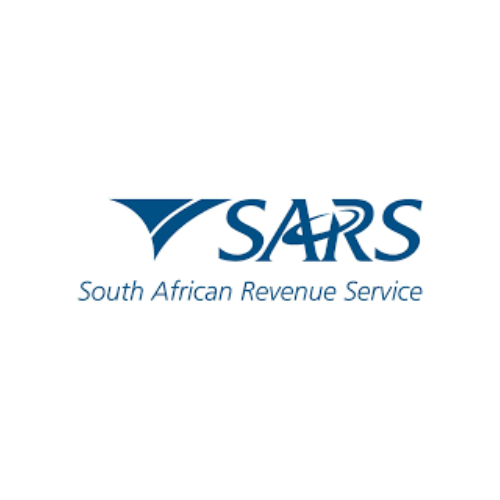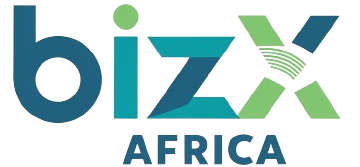Value-Added Tax (VAT) is a crucial component of the tax system in South Africa. For small businesses, understanding VAT obligations is essential for compliance and financial management. Here’s a comprehensive guide to help you navigate VAT as a small business owner:
1. What is VAT?
VAT is a consumption tax charged on the supply of goods and services. It’s added to the selling price and collected by businesses on behalf of SARS. The standard VAT rate in South Africa is 15%.
2. Registration Requirements
Businesses with an annual turnover exceeding R1 million must register for VAT. Voluntary registration is available for businesses with lower turnover, provided it exceeds R50,000 in the past 12 months. Registering for VAT involves completing a VAT101 form and submitting it to SARS.
3. Charging and Collecting VAT
Once registered, businesses must add VAT to their prices and issue tax invoices to customers. These invoices must include the VAT registration number, the amount excluding VAT, the VAT amount, and the total amount including VAT. Businesses collect VAT from customers and periodically remit it to SARS.
4. VAT Returns and Payments
VAT-registered businesses must submit VAT returns and make payments to SARS. The frequency of returns depends on the annual turnover:
- Bi-monthly for businesses with a turnover under R30 million.
- Monthly for businesses with a turnover exceeding R30 million. VAT returns summarize the output tax (VAT collected on sales) and input tax (VAT paid on purchases). Businesses pay the difference to SARS or claim a refund if input tax exceeds output tax.
5. Input Tax Claims
Businesses can claim input tax credits for VAT paid on business-related purchases. These claims reduce the overall VAT payable to SARS. Proper documentation, such as valid tax invoices and receipts, is required to support input tax claims.
Conclusion Understanding and managing VAT is crucial for the financial health of a small business. Regularly updating financial records, timely submissions, and payments can ensure compliance and avoid penalties. Seeking professional advice or using accounting software can further ease the VAT management process.

